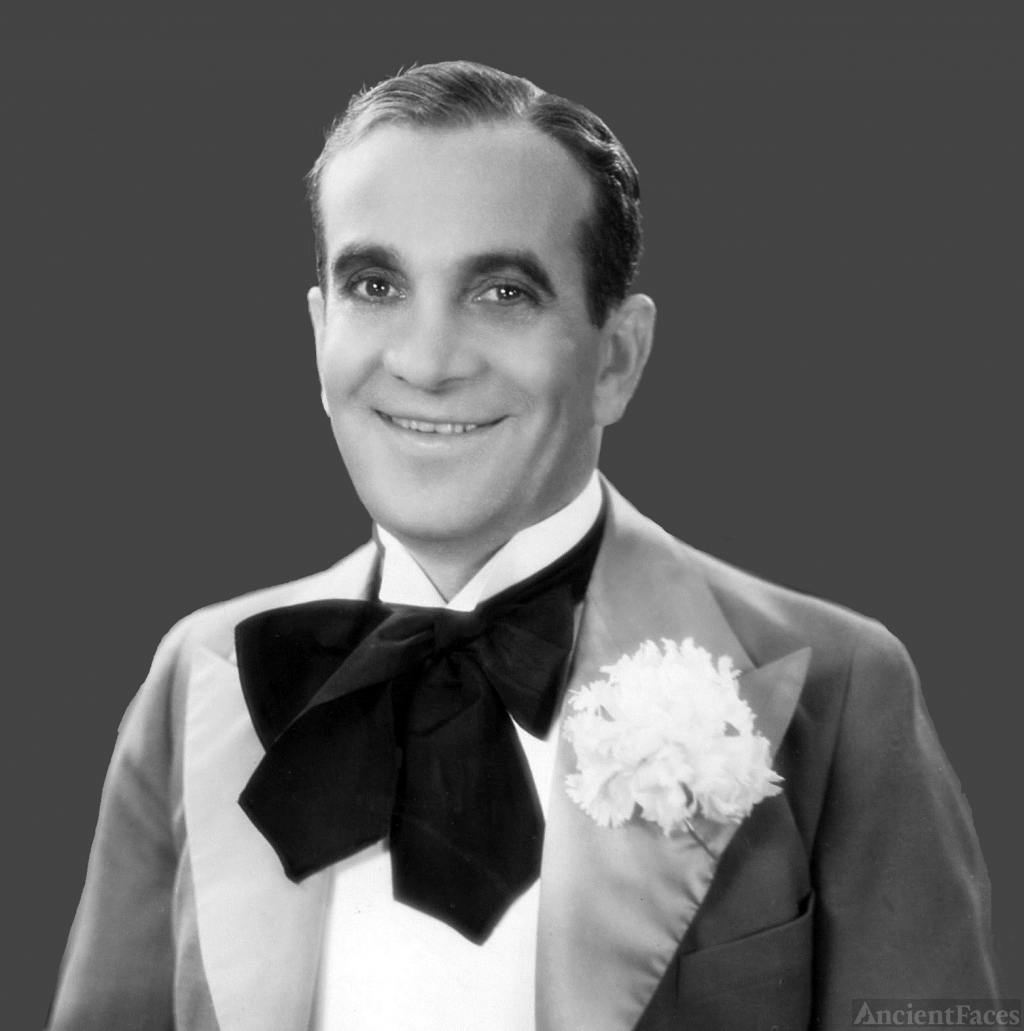Al Jolson, often heralded as the “World’s Greatest Entertainer,” was a luminous figure whose impact on American music and film resonates even today. His net worth, early life, education, illustrious career, riveting facts, and the controversies that surrounded him reveal a complex tapestry woven with talent, ambition, and the tempestuous winds of societal change.
To comprehend Al Jolson’s financial stature, one must traverse back to the peaks of his career during the early 20th century. Estimates of Jolson’s net worth at the height of his fame suggest figures ranging from $20 million to $30 million. Adjusted for inflation, this amount is staggering, painting him as an economic titan of his era. Such wealth might be seen as a reflection of the burgeoning entertainment industry in the post-World War I era, where the glitz of vaudeville and the nascent world of cinema began to coalesce. His earnings were not merely a product of his talent but also of his uncanny ability to connect with audiences, bridging the chasm between performer and spectator.
Al Jolson’s roots were steeped in humble beginnings. Born in 1886 in Seredžius, Lithuania, under the name Asa Yoelson, he was the son of a Jewish rabbi. The family moved to the United States when he was a young boy, settling in Baltimore. Growing up in a religious household, Jolson was exposed to music at an early age, often singing in the synagogue. His early years were marked by the bittersweet struggles of immigrant life in America, experiences that would color his performances with authenticity and a deep emotional resonance.
Education played a pivotal role in Jolson’s formative years. Though formal schooling was not a major focus, his exposure to music and theater in various local venues significantly influenced his artistic development. Jolson became enamored with the stage, a magical realm where he could transcend his modest upbringing and transform into a beacon of joy and entertainment. It was here, in the dimly lit corners of Baltimore’s theaters, that Jolson’s dreams began to crystallize.
Jolson’s career blossomed in the 1910s when he made a striking entrance into vaudeville. With a voice that could rise above the din of a crowded theatre, he captivated audiences. His performances were a whirlwind of energy, blending humor and heartache in ways that resonated deeply with viewers. Jolson’s triumphs in vaudeville led him to Broadway, where his presence in productions like “The Jazz Singer” captivated the nation. “The Jazz Singer,” released in 1927, was groundbreaking, heralding the dawn of “talkies” in cinema. Jolson’s famous line, “You ain’t heard nothing yet,” famously encapsulated the seismic shift in film history. His emotive delivery and charismatic stage presence left an indelible mark on Hollywood and laid the groundwork for future entertainers.
Jolson was not just a performer; he was a cultural phenomenon. His unique appeal lay in his ability to convey an emotional narrative through song, often drawing from the experiences of everyday Americans. Through songs like “Swanee” and “My Mammy,” Jolson portrayed the trials and triumphs of the human experience. These tunes were imbued with a passion that stirred the soul, allowing audiences to find a piece of themselves within the melodies.
Yet, despite his success, Jolson became embroiled in numerous controversies that reflect the societal issues of his time. His use of blackface in performances is perhaps the most contentious aspect of his legacy. While he believed it was a means of honoring African American musical traditions, the implications of wearing blackface today transcend mere performance, entering the realm of cultural appropriation and racism. This controversial choice offers a glimpse into the nuanced dynamics of race relations and entertainment during his era, as well as the complexities of an artist’s responsibility to their audience.
Interestingly, Jolson’s life was a mosaic of fascination beyond his performances. He was an early advocate for the civil rights of African Americans, contributing to the music of the Harlem Renaissance and forming friendships with notable black artists, including Louis Armstrong and Paul Robeson. Jolson’s genuine admiration for their talent juxtaposed against the stark reality of his blackface performances creates a dichotomy in his character—a juxtaposition of ignorance and intention that complicates his legacy.
As time marched on, the star power of Al Jolson waned, yet his influence on the entertainment landscape remains palpable. He helped pave the way for future generations of performers, breaking new ground in the realms of music, film, and stage. His larger-than-life persona embodied the American spirit, a relentless pursuit of dreams amidst the shadows of societal upheaval.
In retrospect, Al Jolson stands as a symbol of the American experience—one that is laden with both remarkable achievement and profound contradiction. His story is a vivid reminder that talent transcends the bounds of time, yet the choices we make echo long after the final curtain falls. Just as Jolson once captivated audiences with his exuberance, today’s entertainers continue to wrestle with the complexities of their art, all the while weaving the rich narratives that bind us together in the tapestry of human experience.






